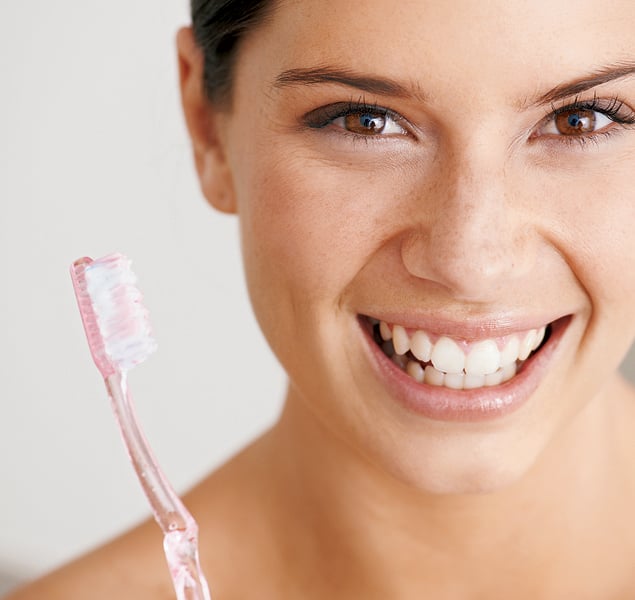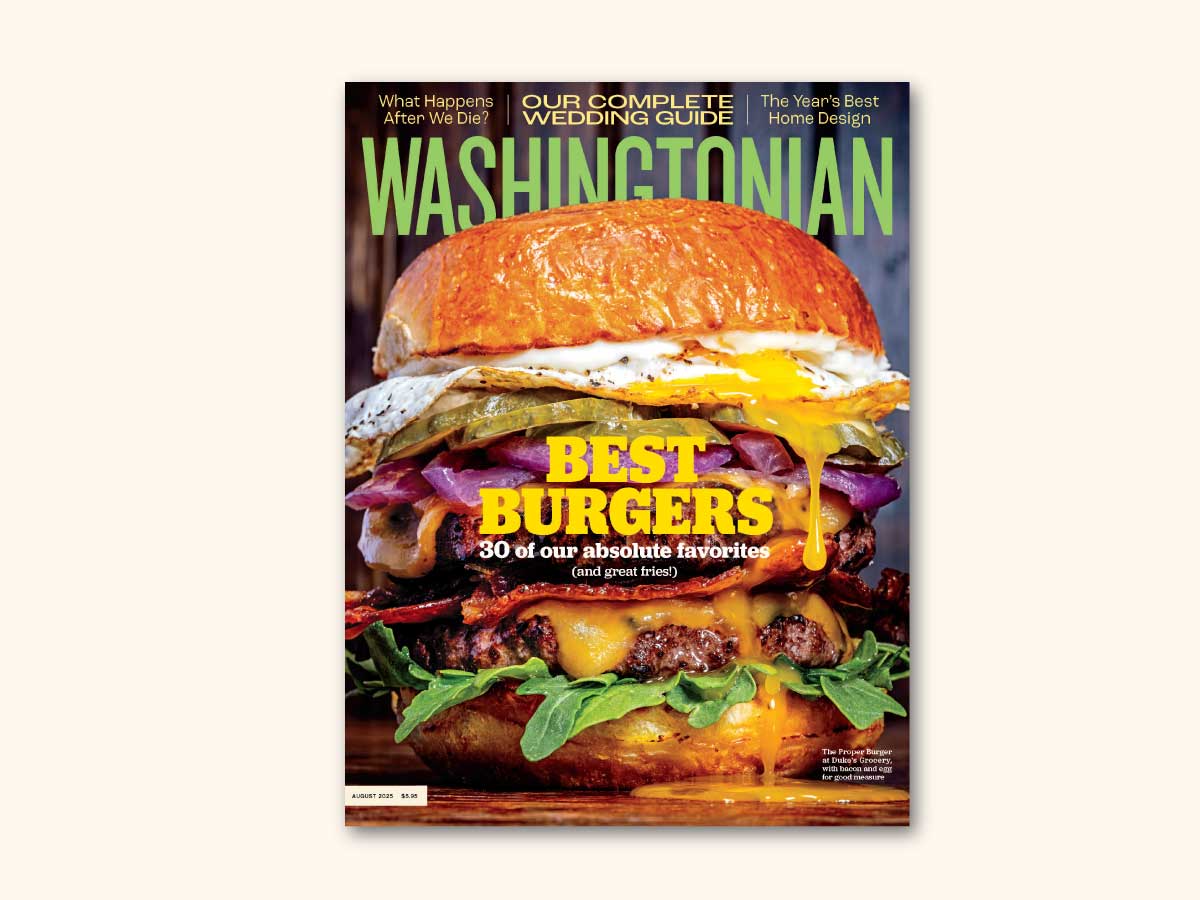You don’t need toothpaste.
“Toothpaste tastes good, it feels good. But the physical action of the bristle against the tooth is what does most of the cleaning, not the chemicals, ” says Stuart Ross, a general dentist in DC. “But none of us want to brush our teeth without toothpaste. Yuck. It’s like kissing someone through a paper bag.” We’re not saying toothpaste has no merit—your teeth get a dose of fluoride, for example. The takeaway: If you run out of paste, you don’t have to skip brushing.
Floss prior to brushing, not after.
“Flossing beforehand allows food debris to be removed, allowing fluoride from the toothpaste to penetrate between the teeth, ” says Chevy Chase endodontist Reza Farshey.
Position the brush at a 45-degree angle so the bristles are half on the teeth, half on the gums.
“In this position, using a soft-bristle brush and with a horizontal scrubbing motion followed by a roll toward the crown of the tooth, the entire tooth as well as the gum line can be cleaned, ” says Falls Church periodontist A. Garrett Gouldin. “Even if a person has an electric brush, it will not be effective unless they position the bristles this way.”
Don’t brush more than three times a day.
Brush more often, or brush too hard, and you could wear down enamel and gums. “The key is a small, gentle motion, ” says Chevy Chase orthodontist Jill Bruno. What’s also key: brushing for a full two minutes. If the bristles of your toothbrush flare out before three months of use—it’s recommended you change your brush every two to three months—that may be a sign you’re brushing too hard.
Bleeding gums can be an indication you need to brush more, not less.
If you notice bleeding when brushing or flossing, Gouldin says, it’s likely because plaque at the gum line is causing inflammation.“Many people back off in their brushing when they see bleeding—when in fact, as long is there is no cut or trauma, bleeding is a sign that a person should double down their cleaning.” If the bleeding continues more than a few days, though, you may want to see a dentist.
This article appears in our March 2015 issue of Washingtonian.




















